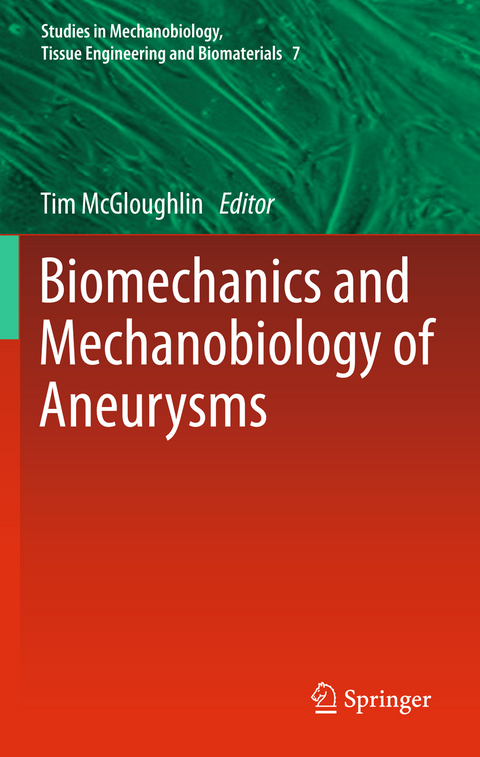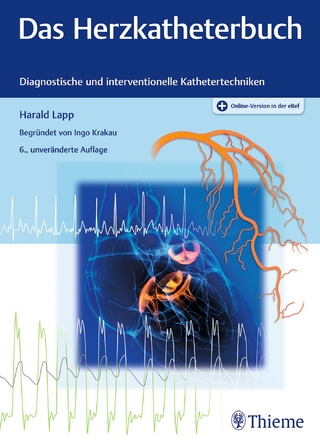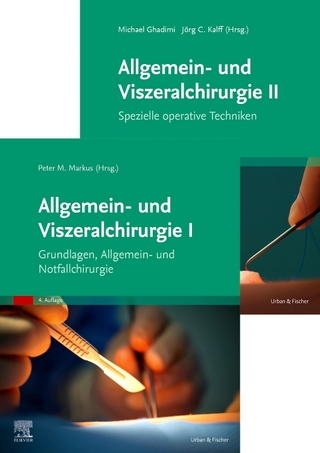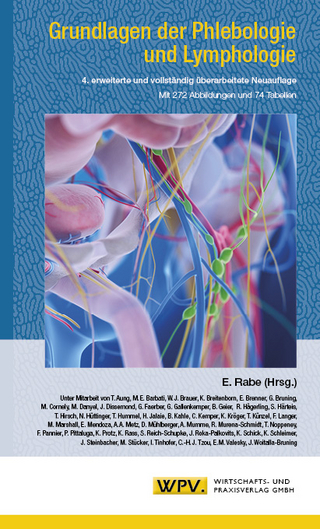
Biomechanics and Mechanobiology of Aneurysms
Springer Berlin (Verlag)
978-3-642-27075-8 (ISBN)
Cardiovascular disease is the leading cause of morbidity and premature death of modern era medicine. It is estimated that approximately 81 million people in the United States (US) currently have one or more of the many forms of cardiovascular disease, resulting in 1 in every 2.8 deaths, or 900,000 deaths per year. 40% of all deaths in Europe are a result of cardiovascular disease in people under the age of 75. Aneurysms form a significant portion of these cardiovascular related deaths and are defined as a permanent and irreversible localised dilation of a blood vessel greater than 50% of its normal diameter. Although aneurysms can form in any blood vessel, the more lethal aneurysms develop in the cranial arteries, and in the thoracic aorta and abdominal aorta. Frequently aneurysms are undetected and if left untreated may eventually expand until rupture with very high levels of morbidity and mortality. The biomechanics and mechanobiology of aneursymal diseases are not fully understood and this monograph aims to provide new insights into aneurysm aetiology and behavior based on the most recent biomechanics research related to this important topic. The contributors to this volume bring together a unique blend of expertise in experimental, computational and tissue biomechanics relating to aneurysm behavior and enable the reader to gain a fresh understanding of key factors influencing aneurysm behavior and treatment. Biological risk factors such as tobacco smoking, sex, age, hypertension, family history and mechanobiological risk factors such as aneurysm geometry and shape as well as mechanical properties of the diseased tissues are considered in detail as are many of the diagnostic and treatment options.
Epidemiology Aetiology and Pathophysiology.- Advanced medical imaging in aneurysm diagnostics Biomechanics and Pathobiology of Aortic Aneurysm.- Computer-Aided Diagnosis of Abdominal Aortic Aneurysms.- New diagnostic approaches to AAA and Mechanical behavior of AAA tissue.- Fluid mechanics in.- Biomechanical aspects of Abdominal Aortic Aneurysm (AAA) and its risk of rupture: Fluid Structure Interaction (FSI) studies.- Computational analysis of displacement forces acting on endografts used to treat aortic aneurysms.- Experimental modelling of aneurysm behavior.- Endovascular treatment of AAA and long term outcomes.- Thoracic aortic aneurysms, clinical assessment and treatment.- Cranial aneurysms clinical assessment and treatment options.- Modelling Cerebral Aneurysm Evolution.- Biomechanical considerations of animal models of aneurysm
| Erscheint lt. Verlag | 27.11.2013 |
|---|---|
| Reihe/Serie | Studies in Mechanobiology, Tissue Engineering and Biomaterials |
| Zusatzinfo | XIV, 426 p. |
| Verlagsort | Berlin |
| Sprache | englisch |
| Maße | 155 x 235 mm |
| Gewicht | 670 g |
| Themenwelt | Medizinische Fachgebiete ► Chirurgie ► Herz- / Thorax- / Gefäßchirurgie |
| Medizinische Fachgebiete ► Innere Medizin ► Kardiologie / Angiologie | |
| Medizin / Pharmazie ► Physiotherapie / Ergotherapie ► Orthopädie | |
| Studium ► 1. Studienabschnitt (Vorklinik) ► Physiologie | |
| Naturwissenschaften ► Biologie ► Humanbiologie | |
| Technik ► Maschinenbau | |
| Technik ► Umwelttechnik / Biotechnologie | |
| Schlagworte | abdominal aorta • aetiology • aneurysm clinical treatments • Biomechanics • endovascular repair • experimental and animal modeling • intracranial • rupture modeling • solid and fluid structure interaction • Thoracic aorta |
| ISBN-10 | 3-642-27075-1 / 3642270751 |
| ISBN-13 | 978-3-642-27075-8 / 9783642270758 |
| Zustand | Neuware |
| Haben Sie eine Frage zum Produkt? |
aus dem Bereich


